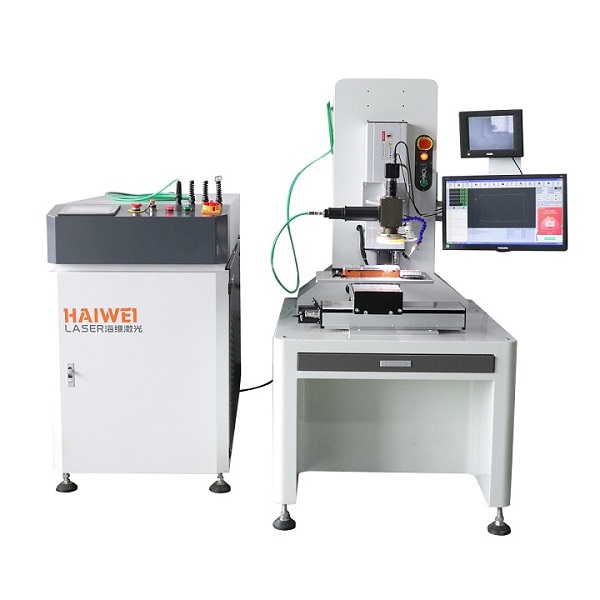What Costs Should You Consider When Buying Laser Welding Equipment?
When purchasing laser welding equipment, it's essential to look beyond the initial purchase price. A comprehensive cost assessment ensures better long-term value and avoids unexpected financial burdens.

Initial Equipment Investment
The upfront cost of the laser welding equipment includes the laser source, motion system (such as robotic arm or CNC gantry), welding head, and control unit. Prices vary based on laser power, automation level, and brand. While higher power and advanced features increase initial cost, they may improve productivity for demanding applications.
Installation and Integration
Budget for installation, safety enclosures, fume extraction systems, and integration with existing production lines. If the laser welding equipment must interface with conveyors or PLCs, engineering and programming time should be factored in. Poor integration can lead to delays and reduced throughput.
Training and Operator Skill Development
Proper training for operators and maintenance staff is crucial. Skilled personnel ensure optimal use of the system, reduce errors, and maintain consistent weld quality. Many suppliers offer training packages, which should be included in the total cost.
Maintenance and Consumables
Regular maintenance, spare parts, protective lenses, nozzles, and shielding gases contribute to ongoing expenses. Systems with longer service intervals and widely available components can reduce downtime and lower long-term costs.
Energy Consumption and Efficiency
Laser systems vary in wall-plug efficiency. More efficient models consume less power for the same output, reducing operational costs over time.
When purchasing laser welding equipment, consider the total cost of ownership—not just the purchase price. Evaluate installation, training, maintenance, and energy use. Choosing a reliable supplier, such as Haiwei Laser, ensures technical support and system longevity, supporting a sound return on investment.
Recent Posts
- What are the advantages of laser welding machines in lithium battery pack production lines?
- What issues should be noted when choosing a lithium battery pack production line?
- Quality Inspection and Control of Lithium Battery Module Pack Production Line
- Cell grouping and sorting process in lithium battery module pack production line
- What are the safety hazards of lithium battery pack production lines and how can they be prevented?
INQUIRY

